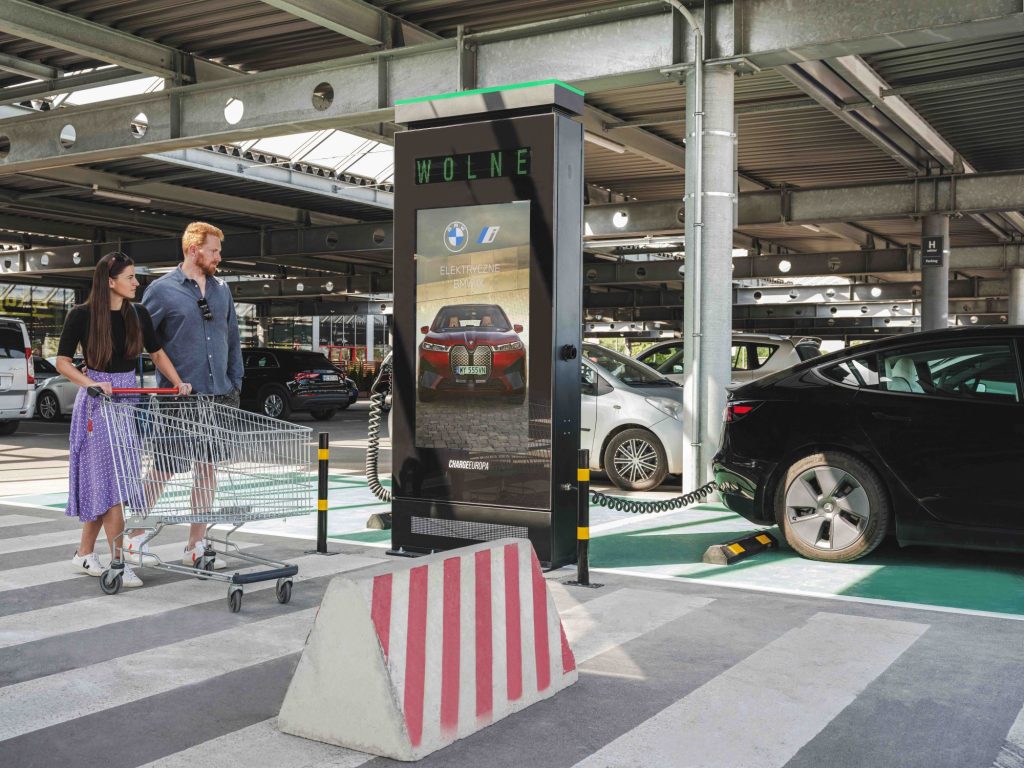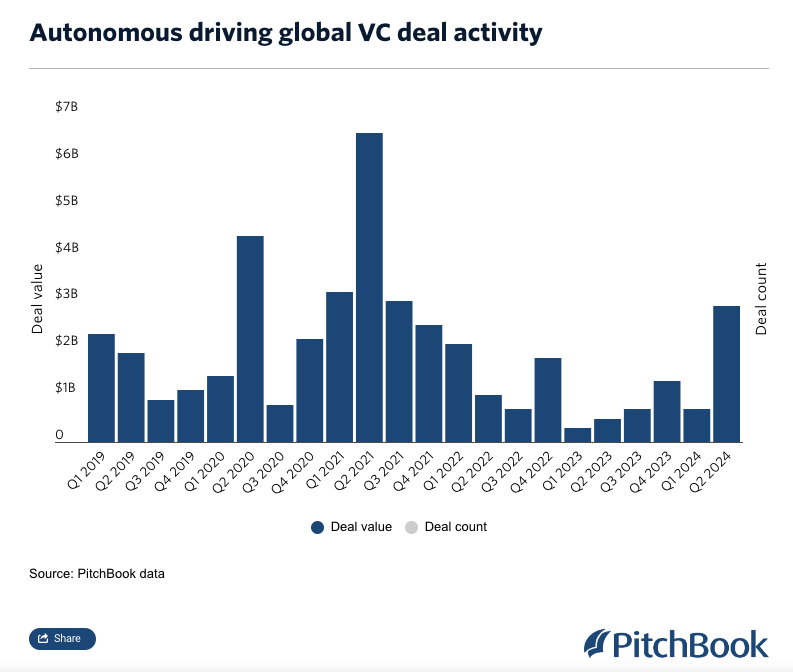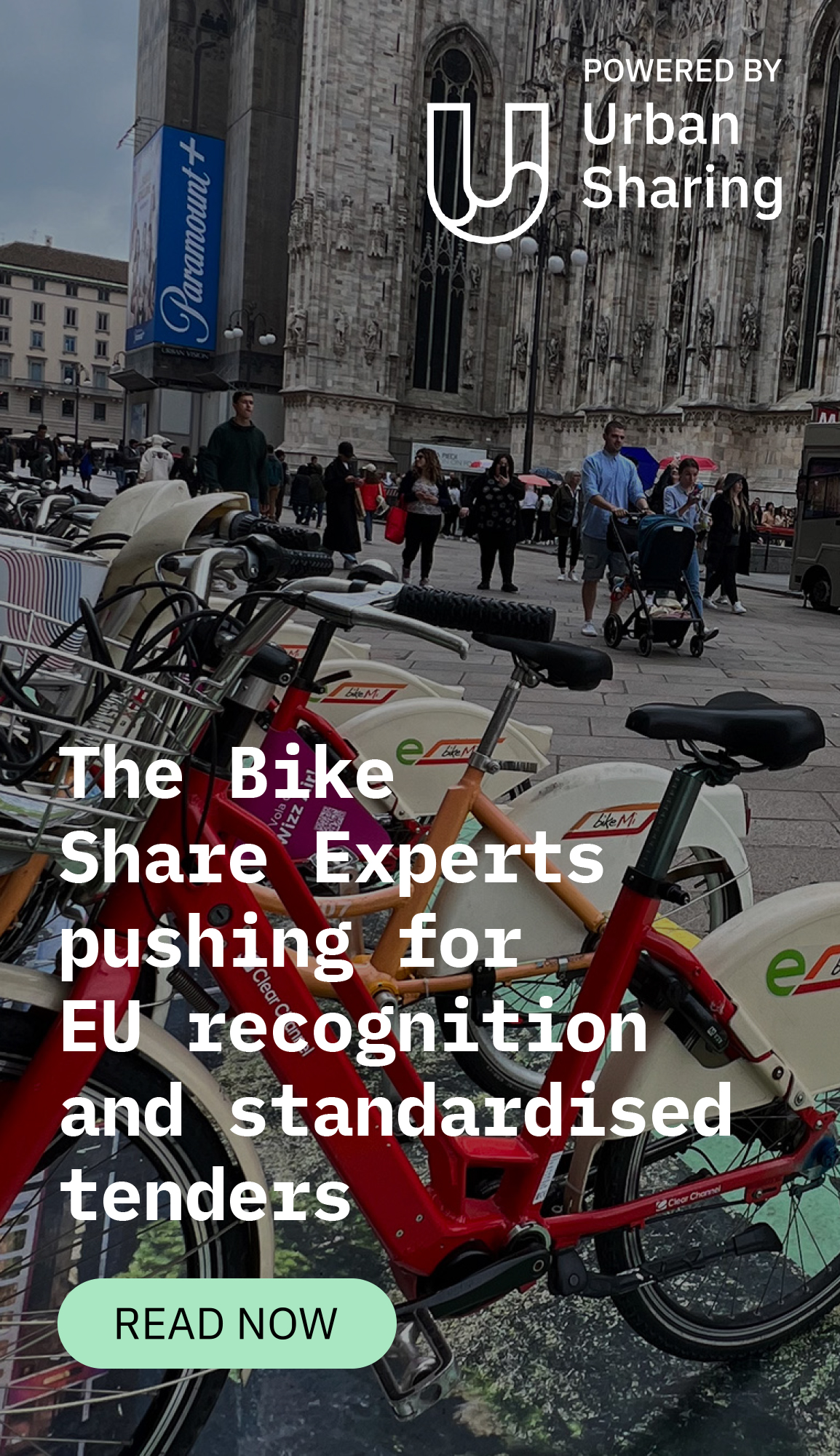Author: Sam Baker, Managing Partner, MobilityVC
The mobility sector has certainly had its ups and downs over the past few years.
After a period of speculative excess where wild ideas were overfunded and under-delivered, we hit a rough patch. Call it the “speculative hangover” – when lofty promises collided with the realities of scaling technology, and the investment landscape dried up.
But that was then.
If 2023 to 2024 was about regrouping and recovering, then 2025 is about dusting ourselves off and getting back into the driver’s seat.
Kicking off with a new investment: Mansio
At MobilityVC, we’re starting the year by putting our money where our mouth is.
I’m excited to announce that we’re making a new investment into Mansio, a promising mobility startup based in Germany, right near the border with the Netherlands and Belgium.
Being located at such an important crossroads is no fluke, as the company’s platform promises to dramatically improve the efficiency of the transcontinental trucking that powers Europe’s logistics network. Mansio’s software improves truck routing, speeds up trailer handovers and reduces deadhead loads: adding up to big reductions in fuel consumption and environmental impact.
What’s new in ‘25? Good timing.
Taking a step back, mobility is a sector that doesn’t stand still.
The demand for better, smarter, and cleaner ways to move people and goods is as high as ever. Cities are ramping up new mobility infrastructure, private companies are innovating at breakneck speed, and new technologies are pushing the boundaries of what’s possible.
But what sets 2025 apart is the convergence of timing, technology, and focus. Investors are no longer chasing moonshots—they’re funding practical solutions that solve real-world problems. And while battery electric vehicles (be they trucks, cars or micromobility) remain a dominant force, we’re also seeing hydrogen-powered mobility quietly step onto the stage. Although it hasn’t yet reached the mainstream, the groundwork is being laid for H2 to play a key role in the industry’s next chapter.
Investing to make a difference
At MobilityVC, we’ve been tracking these transformations closely, backing companies that aren’t just tinkering with concepts but delivering real impact.
Take Poland’s ChargeEuropa, for example. They’re rolling out an ad-supported EV charging network across Central and Eastern Europe and Southeast Asia, making sustainable transport accessible where it’s needed most.

Then there’s Hamburg-based Flowfox, working to bring standardisation to container imports and ocean carrier operations—areas that have long needed a digital overhaul. Also in logistics, Truckoo is connecting the fragmented trucking landscape in Europe, digitising workflows to reduce inefficiencies.
On the urban mobility front, Vesputi has made it easier to get a unified public transport ticket just about anywhere in Germany.
And let’s not forget DeepScenario, leveraging AI to supercharge the development of autonomous vehicles. By accelerating AV training and improving safety, companies like this are helping to make self-driving cars not just possible, but practical.
But beyond these investments lies the next frontier: hydrogen. It’s the quiet disruptor that’s starting to gain traction in areas where battery technology alone can’t meet the demands.

A time for change
As I recently gathered with world leaders at the Monaco Hydrogen Alliance, one thing became clear: our timing couldn’t be better. Advances in hydrogen production, particularly green hydrogen derived from renewable energy, have made the technology more sustainable and cost-effective. Simultaneously, breakthroughs in storage and distribution are making hydrogen a viable competitor to batteries for specific use cases.
From a funding perspective, the landscape is also shifting. After a couple of years of hesitant investors and tightened capital markets, we’re seeing renewed interest in mobility, particularly in hydrogen. This isn’t just about optimism—it’s about recognising where real opportunities lie. Investors are looking for technologies that work, and hydrogen is delivering.
The hydrogen advantage
So, what makes hydrogen so compelling?
It’s all about versatility and efficiency. Unlike battery-powered EVs, which struggle with heavy loads and long distances, hydrogen fuel cells excel in these scenarios. A fuel cell vehicle can be refueled in minutes, offering ranges comparable to traditional diesel trucks. That’s a game-changer for freight, where downtime equals lost revenue.
In aviation, hydrogen propulsion systems could redefine regional travel, offering clean alternatives without sacrificing performance. As we saw at Las Vegas’ CES tech summit last week, there’s even talks of a potential hydrogen-powered aircraft in collaboration with Delta and Airbus.
For maritime applications, hydrogen-powered vessels are emerging as a sustainable option for reducing emissions in global shipping.
And as Zag Daily recently highlighted, we’re even starting to see proposals to use hydrogen to power ingenious, urban-scaled solutions like cargo bikes.
The beauty of hydrogen is that it doesn’t just solve one problem—it creates a domino effect. Investing in hydrogen infrastructure benefits multiple industries simultaneously, from transportation to energy storage to manufacturing.
The road ahead
The lessons of the past few years – tempered expectations, smarter investments, and a focus on practicality – are paying off.
In 2025, the mobility sector isn’t just bouncing back; it’s hitting the accelerator, with an added H2-powered boost.
This isn’t a rejection of electric propulsion or other sustainable technologies. Instead, it’s an acknowledgment that the future of mobility is diverse, and hydrogen is emerging as a critical piece of that puzzle. It’s the solution for the hard-to-electrify sectors, the enabler of long-distance, zero-emission transport, and the catalyst for a new era of infrastructure development.
After a tough couple of years, you can bet on mobility startups really making a splash in 2025 – and we’re all going to be that much better for it.











